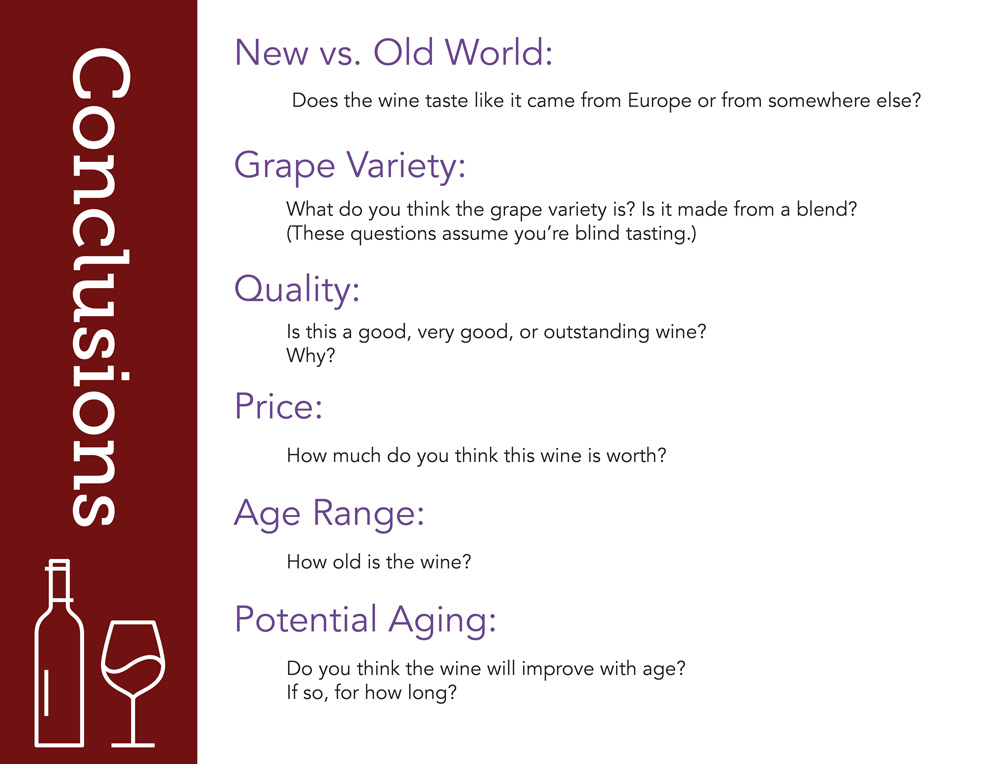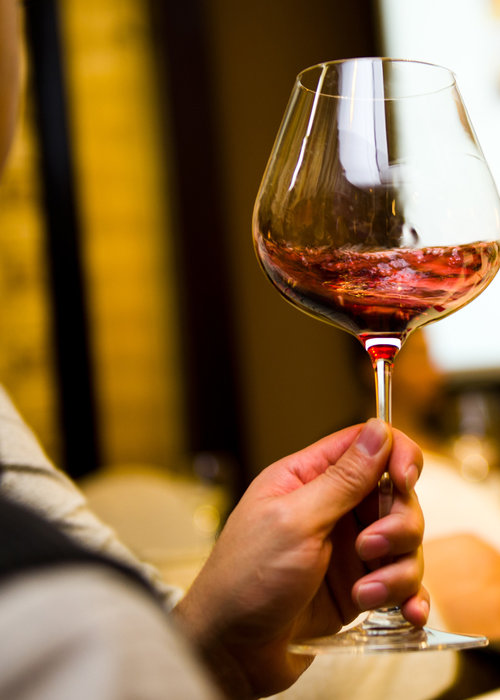For a professional, the art of wine tasting serves a purpose beyond simple enjoyment or appraisal.
Regardless of the professional’s role as an importer, distributor, sommelier, retailer, or educator, formal wine tasting allows for better service and clearer communication. It’s essential, therefore, that a wine expert practices wine tasting, just as a musician practices scales or an athlete spends time working out. In this post, I’ll present some of the approaches that professionals use for wine tasting. Feel free to adopt some of these techniques – they might prove to be useful and enjoyable to practice at home.

Official Wine Tasting Approaches
Many organizations have their own official approaches to wine tasting – the two most famous being the Court of Master Sommeliers and the Wine and Spirits Education Trust. Having studied with both organizations, I have found benefits to each of their styles. Though they do have differences, both approaches are broadly similar. Each of them emphasizes consistency with distinct systematic methods for the evaluation of appearance, aroma, and taste, followed by various conclusions.
Here at WTSO, we recommend a somewhat simplified approach for use at home.




Open-mindedness
A professional wine taster needs to remember that they’re tasting on behalf of others and not only for themselves. Keeping an open mind allows you to evaluate wines fairly and consistently, thereby improving communication with people whose tastes and expectations may vary widely. Remember that no matter how much you know, or how many wines you’ve tasted, you always have more to learn and experience.
Avoid early conclusions and confirmation bias. It can be difficult to refrain from doing so, but forming presumptive conclusions in the tasting process could lead you to seek evidence supporting your initial assumption and overlooking other aspects of the wine. Even more importantly, you must avoid letting personal opinions get in the way of an honest assessment. If you prefer reds to whites, for example, you need to give attention and careful consideration to the tasting of white wines on behalf of your patrons who enjoy them.
Even if you’re not a professional, tasting wines outside of your normal comfort zone can be helpful. It might lead to more enjoyable discussions with friends and to new favorites that you might not have tasted otherwise.
Consistency
In order to truly evaluate wines consistently, you need to identify some variables to standardize. For example, try to use a similar glass each time you taste. Different types of stemware can have an influence on the taste of the wine. Another consideration might be the temperature of the wines you’re tasting. Do you have a refrigerator for white wines? Try to ensure that all the whites come from the same refrigerator. Are you tasting reds at room temperature or from a cellar? The point here is to ensure that each wine you taste gets an honest evaluation under consistent conditions.
Additionally, you might want to consider writing a list of questions to ask yourself about the wines you taste and apply it equally across the board. Think carefully about the words you use to describe wine – try to be consistent with the words you use and their intended meanings. For many characteristics, you can consider the use of the following terms: low, medium-minus, medium, medium-plus, high. So, for example, you might say a particular wine has medium-minus tannins and medium-high acidity with low alcohol. Always compare white wines with whites and reds with reds. Never compare a white wine to a red wine or vice versa.
These are a few of the things that professionals think about when tasting wine. Hopefully, you can enjoy following along and pick up a few tips that will enhance your understanding and enjoyment of our favorite beverage.



